Five UArizona Innovators Named to the National Academy of Inventors
New Senior Members include inventors from agriculture and life sciences, chemistry and biochemistry, molecular and cellular biology, and optical sciences.
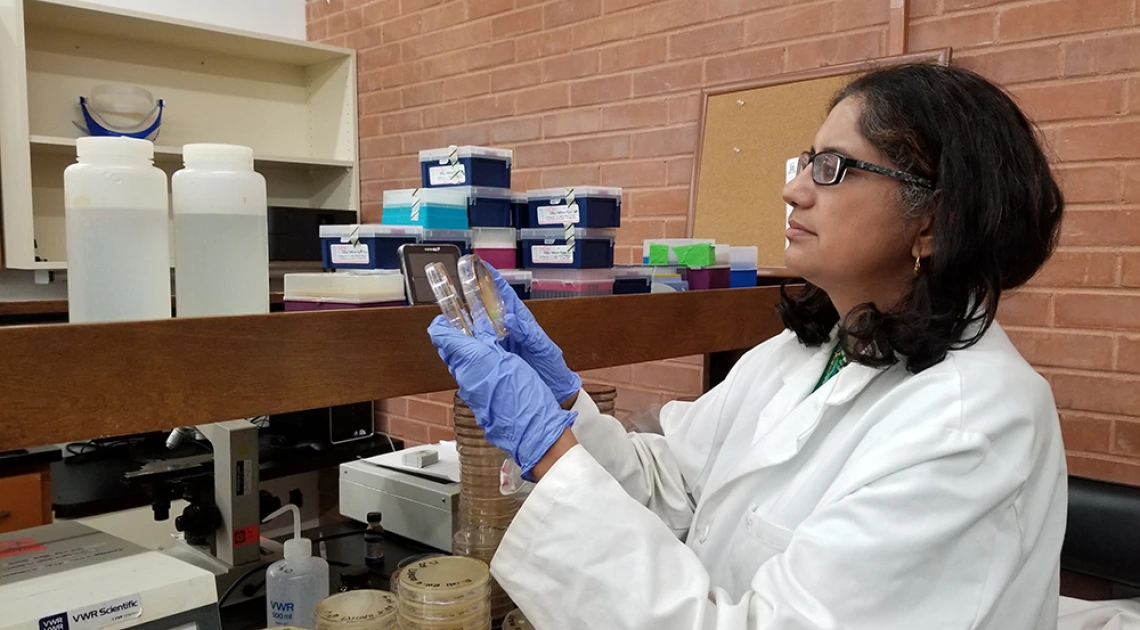
Sadhana Ravishankar
The National Academy of Inventors has named five University of Arizona faculty members as Class of 2024 Senior Members. To be selected as a Senior Member, academic inventors must demonstrate their rising leadership within their fields and show success in the patenting, licensing, and commercialization of innovations stemming from their work. According to the NAI, they must have produced “technologies that have brought, or aspire to bring, real impact on the welfare of society.”
This cohort of UArizona honorees have innovated in areas from Alzheimer’s disease to antimicrobials to advances in quantum communications, and hail from across the academic and research spectrum, including medicine, chemistry and biochemistry, agriculture, and optical sciences.
“Every year, more UArizona faculty are recognized with this honor,” said Doug Hockstad, associate vice president of Tech Launch Arizona (TLA), the office of the university that works with researchers to protect and commercialize inventions stemming from innovation. “The number and diverse expertise of researchers honored is a clear indicator that not only are we a leader in cutting-edge research, but that we have a growing institutional focus on generating impact from and recognizing those discoveries and achievements.”
Elliot Cheu, Interim Senior Vice President of Research and Innovation said, “Congratulations to this year's inductees, who truly deserve this honor. Their induction not only highlights their contributions as individuals, but also underscores the university’s collective commitment to translating research and discovery into real-world solutions that benefit society.”
Roberta Diaz Brinton, Regents Professor of Pharmacology and Neurology and Director of the University of Arizona Center for Innovation in Brain Science
University of Arizona Health Sciences, BIO5 Institute
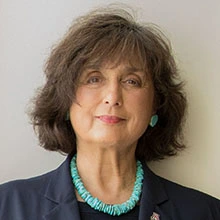
Roberta Diaz Brinton
A UArizona alum, Brinton returned to the University of Arizona in 2016 as the founding director of the Arizona Center for Innovation in Brain Science (CIBS) to investigate and develop the innovations of the future in brain science and bring them to the world. Going beyond traditional academic models, Brinton has set up a hybrid research environment bridging academia and biotech focused on developing cures for Alzheimer’s, Multiple Sclerosis, Parkinson’s, and ALS. That dedication has delivered results. Her research has been continuously funded for over 30 years through the National Institutes of Health, the National Science Foundation, and multiple foundations and private donors. She has six granted patents to her name, and others pending. Under her leadership, the CIBS team has generated 26 patents, enabled 48 invention disclosures, and generated $109 million in grants. Building on CIBS discoveries, she has co-founded a startup, NeuTherapeutics, to advance the development of allopregnanolone as a regenerative therapeutic for Alzheimer’s disease patients and their healthcare teams. The company is also bringing to market a formulation of three estrogenic plant compounds called PhytoSERMs to promote both brain and breast health for menopausal women.
“I am honored to be selected as a Senior Member of the National Academy of Inventors which will advance the national and global impact of our inventions to prevent and treat Alzheimer’s and age-associated neurodegenerative diseases,” Brinton said. “Our inventions are the result of decades of innovative research by exceptional teams of scientists who will continue to boldly innovate at the University of Arizona to bring innovations of the future to those who need a cure today.”
Jeanne Pemberton, Regents Professor of Chemistry and Biochemistry
College of Science, BIO5 Institute
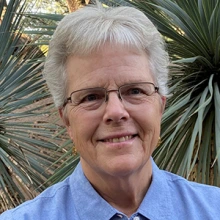
Jeanne Pemberton
Pemberton first arrived at the University of Arizona as an Assistant Professor of Chemistry in 1981. Since then, she has risen through the academic ranks in the Department of Chemistry and Biochemistry, becoming a professor in 1992, the John and Helen Schaefer Professor of Chemistry in 2001, and a Regents Professor of Chemistry in 2005. Pemberton’s most significant inventions center on the development of new functional materials based on sugar-containing molecules. These materials – called glycolipid surfactants – are more environmentally friendly than the competing technologies, exhibiting excellent biodegradability, biocompatibility, and low to no toxicity. They are used in products like cosmetics and cosmeceuticals, and in solutions for cleaning and bioremediation. The first two patents issued with her as an inventor led her to co-found GlycoSurf, Inc., a startup formed to bring these materials to market and further develop related technologies. To date, GlycoSurf has raised over $5M in funding and has eight employees.
Joyce Schroeder, Professor of Molecular and Cellular Biology, Cancer Biology, and Genetics
College of Science, BIO5 Institute, Arizona Cancer Center
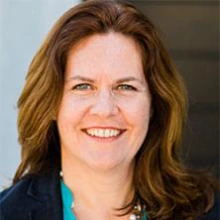
Joyce Schroeder
Schroeder is an inventor on four issued U.S. patents and seven international patents and has another application in process. Her patent work has focused on metastatic breast cancer and the role of the oncogene EGFR in driving therapeutic resistance and metastasis. Her investigations in molecular and cellular biology have yielded three therapies that block the protein-protein interactions that drive this kind of cancer. She has shown how the peptides that make up these therapies are effective in treating breast cancer in the laboratory, and she has done the pre-clinical experiments to move them toward impact through FDA approvals and clinical trials.
Through its Asset Development Program, Tech Launch Arizona funded experiments to allow Schroeder to address questions that came from potential licensees regarding the possible toxicity of the peptides she developed. The experiments showed that exposure to levels up to ten times the effective dose of the compound had no observable toxic effects. She also discovered that immune cells had been activated around the tumors, leading to additional intellectual property.
Schroeder has garnered over $4 million in federal funding, and has employed dozens of researchers, postdoctoral fellows, and students in her lab.
“It is an honor to have our work highlighted by the Academy of Inventors by being named as a Senior Member, as it represents years of work by both myself and many talented students in my lab,” Schroeder said. “I feel very privileged to have worked with the exceptional scientists and students at UA and am grateful for the continued support of our community.”
Sadhana Ravishankar, Professor, Animal and Comparative Biomedical Sciences
College of Agriculture, Life & Environmental Sciences, BIO5 Institute
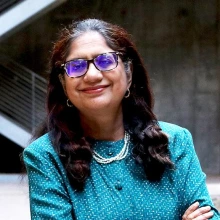
As chair of the University’s Applied Biosciences Graduate Interdisciplinary Program and the Food Safety Consortium, Ravishankar’s research focuses on applied food safety. She works to solve problems around foodborne bacteria in food production and processing environments, while controlling these bacteria using naturally occurring substances and sustainable, ecologically sound principles. She has received research funding from the USDA-NIFA, the Arizona Department of Agriculture, and the International Life Sciences Institute. A dedicated inventor, Ravishankar has published 74 peer-reviewed manuscripts and filed 18 invention disclosures, which have resulted in six provisional patent applications and three U.S. utility patent applications. As of today, she has two issued patents, including “Synergy of plant antimicrobials with silver” (#9,661,856), and “Plant antimicrobial compositions including an emulsifier and/or ozone and methods of use” (#11,191,275), the latter of which has been licensed to her startup, PhytoCentric Solutions LLC.
“I am extremely delighted to be named as a Senior Member of the NAI; professionally this motivates me to pursue my passion for additional discoveries in food safety for public health protection; and personally this encourages me to give back to society by educating the younger generation especially female and minority students to become inventors and achieve high,” she wrote in an email. “I am very thankful to TLA for teaching me everything regarding intellectual property protection, innovation, and entrepreneurship, and without their support, I could not have reached this far!”
Most recently, Ravishankar was selected to serve as a TLA Faculty Innovation Ambassador. Through this new program, she will serve as a resource for information about intellectual property protection, licensing, startups, and details about commercialization for her colleagues throughout the College of Agriculture, Life, and Environmental Sciences.
Saikat Guha, Professor of Optical Sciences
Wyant College of Optical Sciences, NSF Engineering Research Center for Quantum Networks
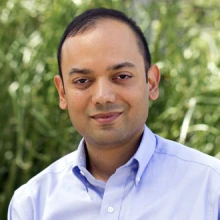
Saikat Guha
As a leader in fields like quantum communications and networking, quantum imaging and sensing, and quantum information, Guha’s work is at the vanguard of applied science. As Director and PI of the NSF Engineering Research Center for Quantum Networks (CQN), he oversees a $51 million, 10-year project that aims to develop the technology stack for the quantum internet of tomorrow. He founded the university’s Arizona Quantum Initiative, working to bring quality education, advanced research, productive partnerships, and the world’s top talent to bear on the development of this industry in the state.
Guha is an inventor on 17 patents in the quantum technology field, and he has influenced the development of other intellectual property among his colleagues. His research on quantum-limited super-resolution imaging has led to the launch of the startup SensorQ Technologies, Inc., which is working to apply these technologies to bioimaging, astronomical imaging, and space domain awareness. He also advised the team that launched Quantum Network Technologies (QuNett), a company founded to commercialize space-based quantum communications technologies developed at the CQN.
This year’s class of NAI Senior Members is the largest to date and hails from 60 NAI Member Institutions across the nation. Collectively, they are named inventors on over 1000 U.S. patents with 344 of those being licensed technologies and commercialized products.
“This year’s class of Senior Members is truly a testament to the outstanding innovation happening at NAI Member Institutions and what happens when the academic space encourages and celebrates invention and commercialization,” said Paul R. Sanberg, President of NAI. “We are proud to welcome these outstanding academic inventors to the Academy and look forward to supporting and celebrating them as they continue in their innovation journeys.”
The 2024 class of Senior Members will be celebrated at NAI’s Annual Conference taking place June 16-18th, 2024 in Raleigh, North Carolina.

